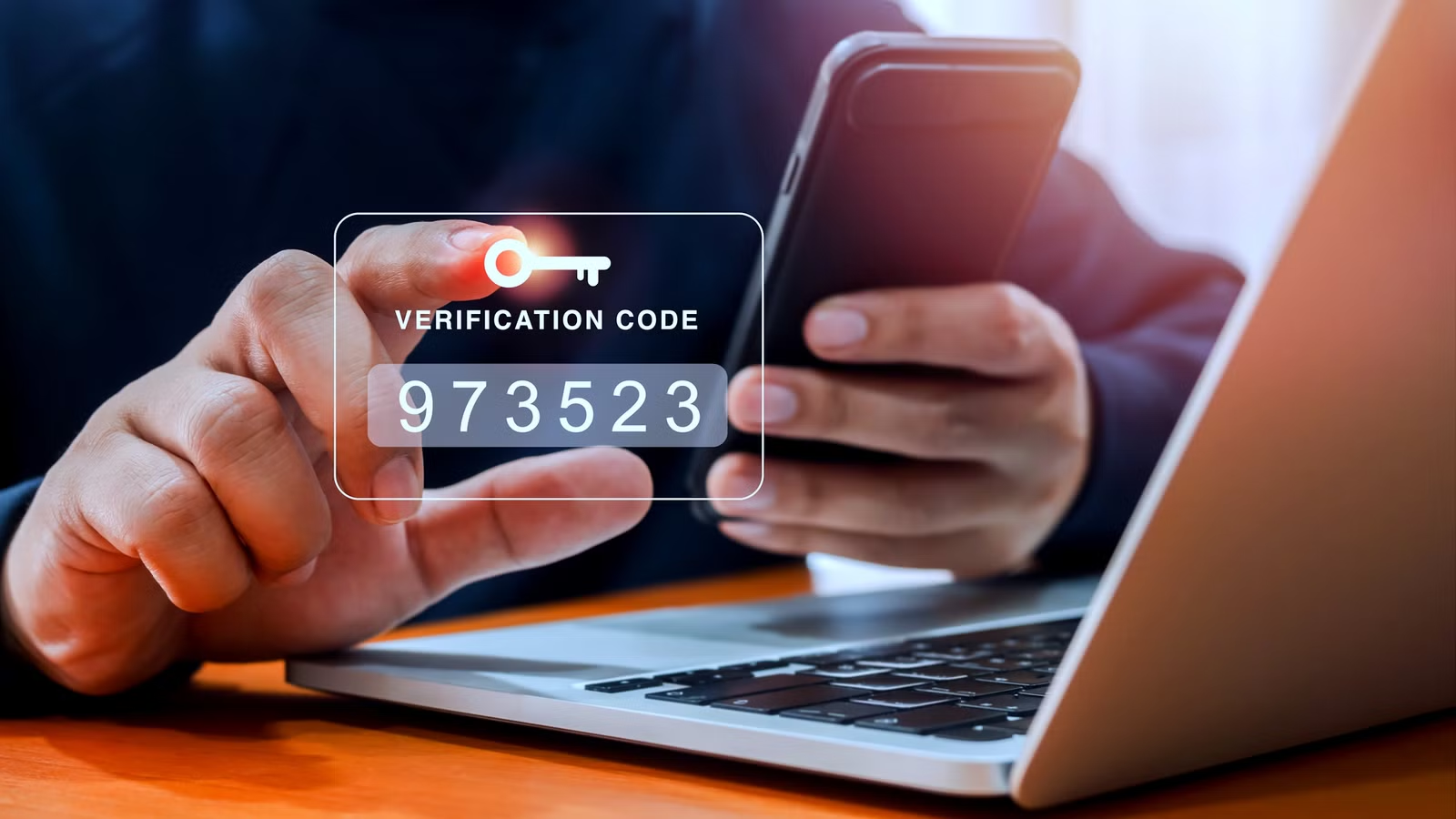For years, multi-factor authentication (MFA) was celebrated as the ultimate defense against account compromise. But in 2025, that confidence is cracking. Cybercriminals have learned how to bypass MFA at scale, leveraging a mix of real-time phishing kits, adversary-in-the-middle (AiTM) attacks, and social engineering powered by AI.
Attackers now build fake login portals that look pixel-perfect, intercepting authentication tokens the moment users enter them. In other cases, malicious proxy servers capture the MFA code while seamlessly forwarding users to legitimate sites — giving victims no clue they’ve been compromised. Even more alarming, AI-powered chatbots are being used to manipulate users into approving fraudulent MFA requests under the guise of IT support or account recovery.
Hardware tokens and biometric MFA offer stronger protection, but even those are being targeted through SIM-swapping, deepfake audio verification, and session hijacking. The modern threat landscape shows that MFA is a layer, not a guarantee. Attackers are no longer breaking in — they’re logging in, using trusted sessions and stolen tokens. The next evolution of authentication must go beyond simple verification codes. Continuous authentication based on user behavior, device trust, and risk signals will define the next era of access security.
The era of “set it and forget it” MFA is over — in today’s world, verification has to be living, adaptive, and relentless.

